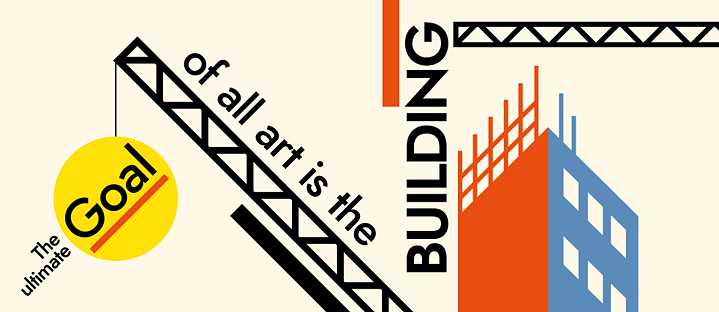Celebrating 100 years of Bauhaus
In a nutshell: six sentences that encapsulate the Bauhaus
We run into the Bauhaus more often than we know – and not just while out shopping for furniture. Some of the design school’s maxims have found their way into everyday speech as well.
By Nadine Berghausen





